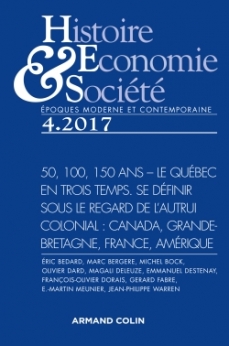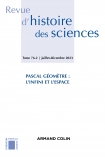
Histoire, Économie & Société (4/2017)
Pour acheter ce numéro, contactez-nous
Recevez les numéros de l'année en cours et accédez à l'intégralité des articles en ligne.
S’intéresser à la mémoire de la Première Guerre mondiale en Irlande du Nord et en Irlande du Sud, c’est reconnaître que la période révolutionnaire irlandaise (1919-1923) se répercute de manière déterminante sur les cérémonies du souvenir. En Irlande du Nord, les commémorations du Premier Conflit mondial s’inscrivent dans la liturgie britannique et permettent aux six comtés de réaffirmer leur appartenance à l’Empire. En Irlande du Sud, le gouvernement n’officialise aucune politique mémorielle. Le refus du gouvernement de faire entrer la Première Guerre mondiale dans son imaginaire collectif n’induit cependant pas une volonté d’effacer toute trace de la mémoire du conflit. En l’absence d’une politique mémorielle, des acteurs non étatiques s’approprient le rituel commémoratif. Or, très vite, ce rituel britannique rend impossible toute tentative d’union sacrée autour du deuil.
In order to better evaluate the liturgy of the First World War in Northern and Southern Ireland, one needs to acknowledge that the revolutionary period (1919-1923) heavily impacted on the memory of the conflict. In Northern Ireland, WWI commemorations were enshrined within a British liturgy and helped the six Northern counties strengthen their British identity. In Southern Ireland, the Irish Free State refused to include the First World War in its collective imaginary, which did not necessary mean that the State aimed to erase any tracks of that memory. The creation of the Irish Free State necessitated to delineate historical landmarks and to build a Southern national memory distinct from the British collective memory. Yet, in the absence of an official memorial policy, civilian communities shaped the WWI commemorations in Southern Ireland.

